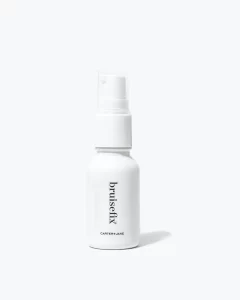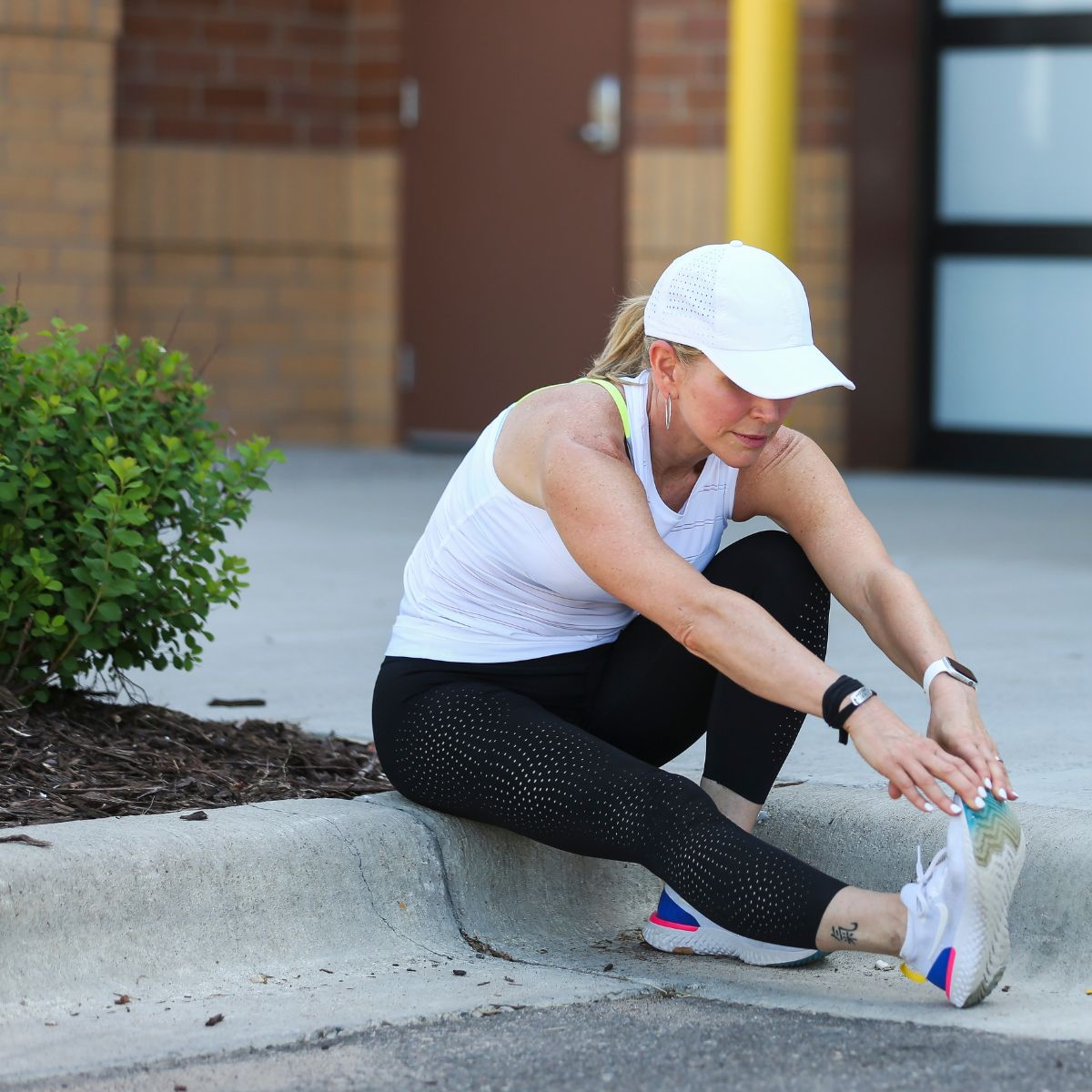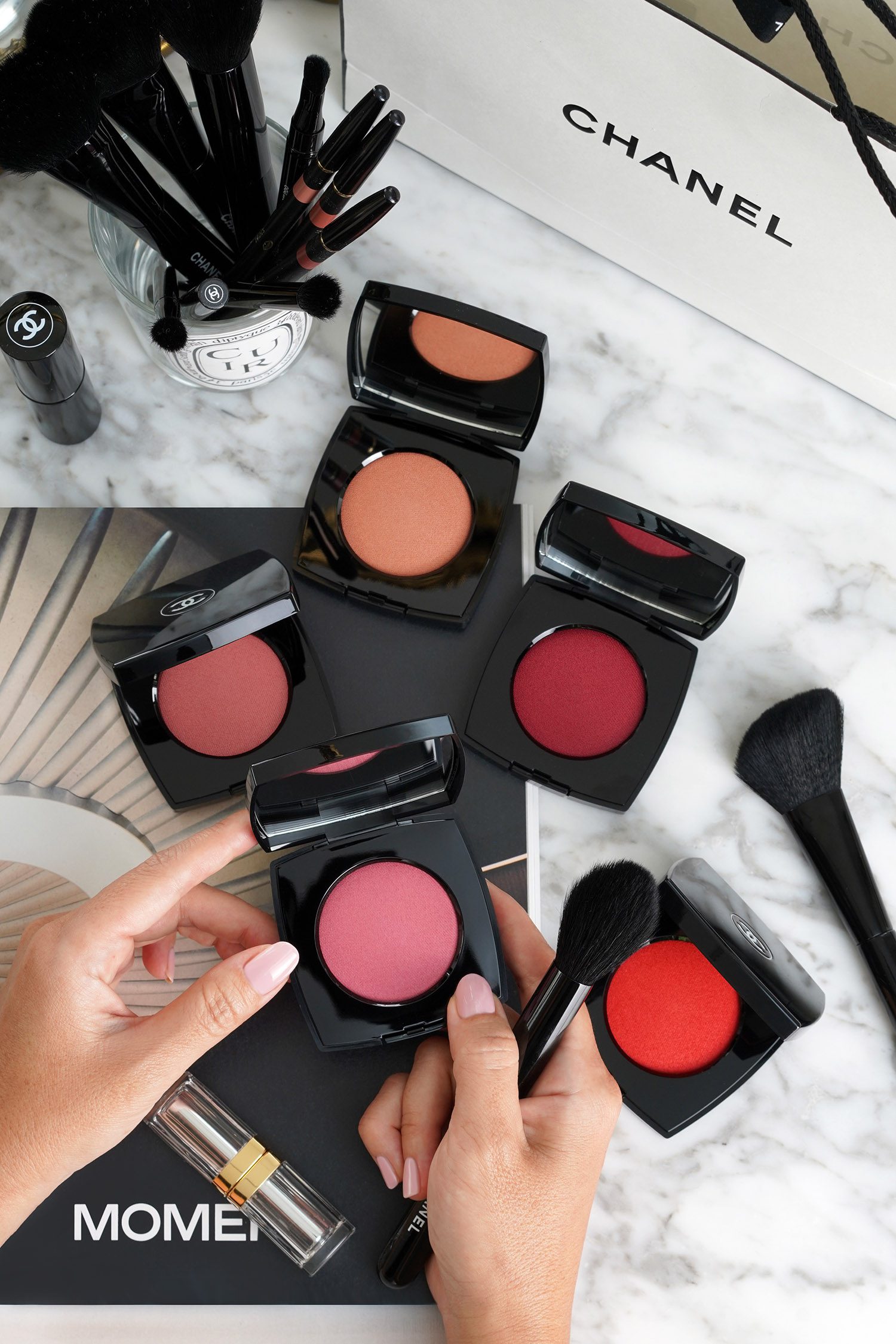Do you have itchy bites on your skin? If so, there’s a chance you might have been bitten by bed bugs. Bed bug bites can be uncomfortable and very itchy, but don’t worry – there are ways to treat them!
I’m going to show you how to treat bed bug bites, so you can get relief from the itchy bites. Keep on reading to find out how!

Why Do Bed Bugs Bite Humans?
The main reason that bed bugs feed on human blood is because they need to feed in order to survive.
Much like other insects, bedbugs require a meal of blood in order to reproduce and carry out their life cycle.
Bed bug bites typically occur at night when a person is asleep due to their preference for warmth and darkness. Bites are painless and usually go unnoticed until after they’ve already occurred.
Bed bugs don’t have teeth or stingers like some other pests; instead, they have long slender mandibles which pierce into skin during feeding time.
During the process, an anticoagulant is released beneath the skin that causes itching, redness as well as potential infection if left untreated.
As well as their feeding being necessary for survival, it’s thought that bed bugs may also release a special secretion of hormones when biting humans that attracts more bedbugs into an area over time.
What Do Bed Bug Bites Look Like?
When you’re trying to determine if you’ve been the target of bed bug bites, there are specific signs to look for on your skin. Generally, bed bug bites appear as small, raised, reddish welts.
They tend to occur in a line or cluster, resembling the path of the insect as it moves across your skin. Here’s a quick guide to recognizing bed bug bites:
- Appearance: The bites are often red with a darker red spot in the middle.
- Pattern: They typically appear in a straight line or zigzag pattern, unlike bites from other insects.
- Rash: While not everyone develops a rash, some may experience a larger red area around the bites, which can sometimes be confused with eczema or other skin conditions.
- Skin Reaction: A clear sign is a small area of swelling around each bite. This swelling can be quite itchy.
- Allergic Reactions: In more sensitive individuals, the bites can cause a severe allergic reaction needing medical treatment.
- Inflammation: There may be considerable inflammation depending on your body’s response to the bites.

Why Are Bed Bug Bites So Itchy?
When you suffer from bed bug bites, they are notably itchy due to allergic reactions your body has to the bug’s saliva, which is introduced into your skin as they feed.
Each time a bed bug bites, it injects saliva containing proteins that can cause your immune system to react.
Here’s a breakdown of why this itchiness occurs:
- Immune Response: Your body recognizes these proteins as foreign substances and releases histamines to fight them off. These histamines increase the blood flow and white blood cell count around the affected areas, leading to inflammation, swelling, and itchiness.
- Severity: Not everyone experiences the same level of itchiness. Your sensitivity to the bites can make a difference, with some people having more robust allergic reactions than others.
Scratching the affected area might provide temporary relief but can also lead to more irritation or even infections.
To combat the itch, topical treatments such as cortisone or hydrocortisone creams can be applied, which help to reduce inflammation and alleviate itching.
If the itching is particularly bothersome, taking an oral antihistamine can also help reduce the allergic reaction and provide relief. Remember:
- Avoid Scratching: Try to keep from scratching to prevent infection.
- Cream Application: Apply cortisone cream to the bite.
- Oral Antihistamines: Consider an oral antihistamine if topical treatments don’t suffice.
How To Treat Bed Bug Bites
If you find yourself with itchy, red welts, bed bug bites might be the culprit. Treating these bed bug bites properly can reduce discomfort and prevent infection.
- Clean the Area: Wash the bites with soap and water to prevent infection and reduce itchiness.
- Apply Calamine Lotion: Use calamine lotion to soothe itching and reduce irritation from the bites.
- Apple Cider Vinegar: Dab a small amount of diluted apple cider vinegar on the bites for its natural anti-inflammatory properties.
- Baking Soda Paste: Mix baking soda with water to form a paste, apply it to the bites, and let it dry to relieve itching.
- Cold Compress: Apply a cold compress or ice pack to reduce swelling and numb the area.
- Avoid Scratching: Try not to scratch the bites to prevent secondary infections.
- Over-the-Counter Antihistamines: Use antihistamines to alleviate severe itching and allergic reactions.
- Topical Steroids: Consider hydrocortisone cream for persistent itching and inflammation.
- Consult a Doctor: If bites are severe, numerous, or show signs of infection, seek medical advice.
- Prevent Future Bites: Implement bed bug control measures in your home to avoid more bites.

Why Is Apple Cider Vinegar So Effective At Treating Bed Bug Bites?
| Benefit | Explanation |
|---|---|
| Anti-Inflammatory Properties | Apple cider vinegar can help reduce swelling and inflammation at the bite site. |
| Natural Acidity | The acidic nature of apple cider vinegar helps to neutralize the itchiness caused by the bed bug’s saliva. |
| Soothing Effect | When applied to the skin, it can provide a soothing sensation, offering temporary relief from itching. |
| Antiseptic Qualities | Helps to clean the bite area and reduce the risk of infection, which can exacerbate itchiness. |
| Home Remedy | It’s a readily available and natural alternative to over-the-counter itch relief products. |
What Should You Never Apply To Bed Bug Bites?
You should never apply bleach, ammonia, or other harsh chemicals to bed bug bites. These substances can cause skin irritation, chemical burns, and may worsen the condition.
Also, avoid using nail polish, toothpaste, or any unproven home remedies that can irritate the skin or cause an allergic reaction.
Tips On How To Tell The Difference Between Bed Bug Bites And Other Insect Bites
When trying to distinguish bed bug bites from other insect bites, such as flea, mosquito, or spider bites, observing the pattern and symptoms of the bites can be quite telling.
- Bed Bug Bites:
- Tend to occur in a line or cluster.
- Often appear on exposed skin such as the face, neck, arms, and hands.
- Each bite might have a red spot in the center and be surrounded by inflamed skin.
- Flea Bites:
- Mainly found around the ankles and legs.
- Bites might be random, not in a straight line.
- Can be extremely itchy and sometimes turn into blisters or small wounds from scratching.
- Mosquito Bites:
- Usually isolated, not in a group.
- Bites are puffy and reddish.
- May cause a swollen, white bump appearing soon after a bite, which typically reduces to a red mark.
- Spider Bites:
- Often occur as a single bite rather than in clusters.
- Some spider bites can cause significant pain and swelling, and some can look similar to skin infections.
Bed bug bites differ in appearance from person to person; some people may even have no reaction at all.
If you notice an itchy cluster of bites, particularly after waking up, bed bugs might be the culprits.

How To Prevent Bed Bug Bites While You Sleep
Protecting yourself from bed bug bites during sleep involves a proactive approach. Focus on inspecting sleeping areas, safeguarding your bed, and being cautious with clothing and luggage.
Inspect Your Room
Before settling into your bedroom, especially if you’ve traveled or moved, thoroughly inspect for signs of bed bugs.
Pay close attention to crevices in the mattress, bed frame, and box spring, looking for tiny rust-colored spots.
Use a flashlight and a magnifying glass to check all corners and hidden areas. Your diligence could be key in preventing an infestation.
Protect Your Mattress
Consider encasing your mattress and box spring with a protective cover specifically designed to block bed bugs.
These covers are made of materials that are impervious to bed bugs and often have zippers that bed bugs cannot penetrate.
Make sure to inspect and vacuum the bed frame as well by focusing on seams and creases where bed bugs like to hide.
Be Mindful Of Your Clothing And Luggage
When returning home from travel, unpack your luggage outside or in the garage and immediately wash your clothing in hot water, followed by a cycle in the dryer on high heat.
This can kill any bed bugs that hitched a ride. Store luggage away from bedrooms and living areas, preferably in sealed plastic bags or containers.
Maintain General Cleanliness
Regularly vacuum your bedroom and surrounding areas to remove any bed bugs or eggs. Pay special attention to carpets, furniture, curtains, and other fabric surfaces.
Declutter your space to reduce hiding spots for bed bugs. Consistent cleaning can significantly decrease the likelihood of an infestation and support a bed bug-free environment.

Summary
Understanding bed bug bites and their signs can help you identify an infestation. Proper treatment methods range from topical applications to oral antihistamines, depending on the severity of the reaction.
Protecting yourself from future bed bug bites requires a focused, vigilant approach. Inspect sleeping areas for signs of bed bugs, safeguard your mattress with protective covers, and be mindful of your clothing and luggage when traveling or moving. Knowing how to treat bed bug bites is essential in averting infection and preventing them from spreading.
#Treat #Bed #Bug #Bites #Stop #Itch






.JPG)




















